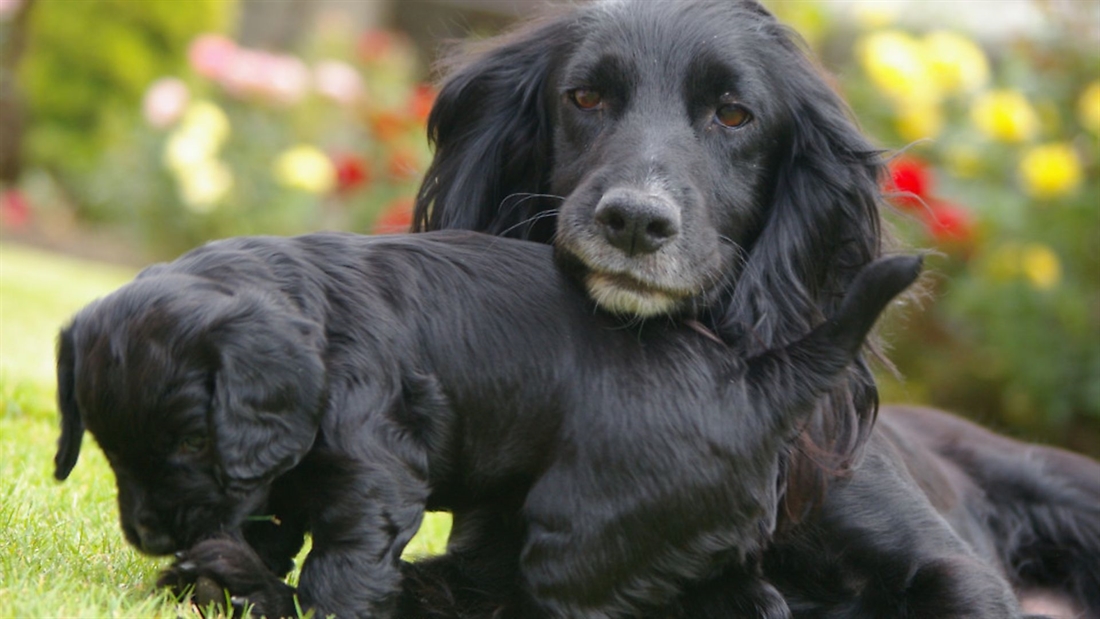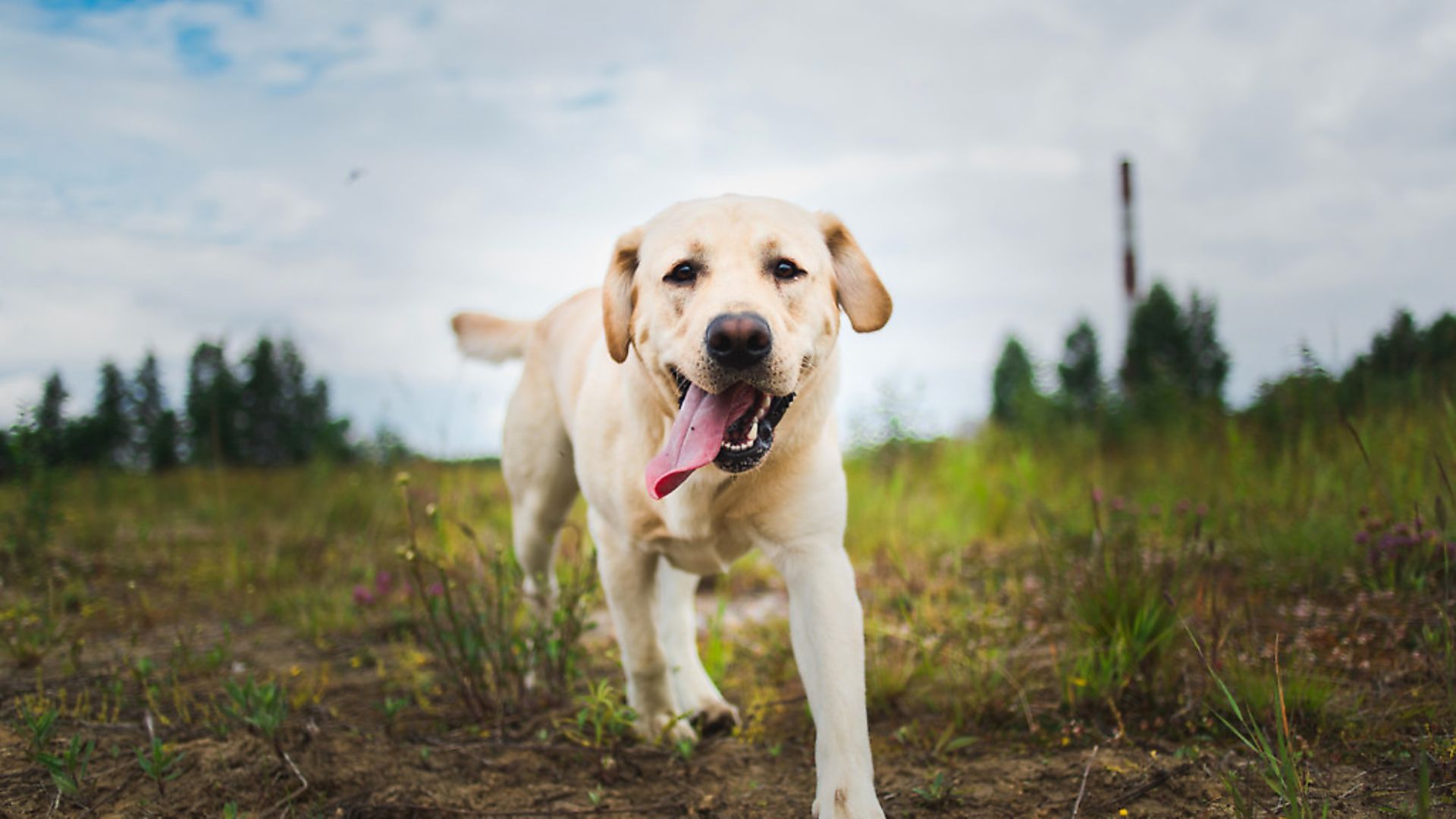How good is my dog’s sense of touch & taste?

Touch and taste are the two most overlooked senses in gundogs. Vicky Payne explains their importance
how important is TOUCH to dogs?
The importance of touch to your gundog is probably not as obvious as sight, smell and hearing. But, as puppies are born blind and deaf, it is possibly the first sense that they are aware of. Puppies are stimulated to take their first breaths by the rough licking of their mother’s tongue, who nudges the pups towards her nipples to feed. In the first two weeks of life, puppies do not pass urine or faeces unless the urogenital area is stimulated.
It is important that puppies are handled often while still in the nest and as they develop. Some breeders will perform a series of special touch stimulations which are designed to help develop the nervous system and to proof against stress in later life. By the time a puppy leaves for a new home, it should be happy to have all areas of its body handled.
Just as in humans, dogs’ skin is rich in nerve endings, which allow them to detect temperature, pressure and movement. Dogs have special hairs on their faces called ‘vibrissae’; these whiskers are especially sensitive. It is as though dogs can sense changes with them as they approach an object without even touching it. Take care when handling your dog’s muzzle not to be rough with the whiskers, and avoid trimming them off your working dog.
Touch by humans is not innately rewarding for a dog, but most dogs learn that a chest scratch or gentle pat on the withers means ‘good dog’. Avoid pats to the head, as most dogs find this frightening. The way you touch can stimulate or calm your dog; handlers in agility will often ruffle a dog’s coat to get him geed up, whereas long, slow strokes down the back are more calming. T-touch is a therapy using specific touches to calm and relax dogs. Putting a dog into a wrap or snug-fitting T-shirt can help calm nervous travellers or dogs that don’t like thunderstorms.
All dogs will have preferences about where they enjoy touch, but if your dog becomes suddenly unhappy about an area being handled, this is usually a sign of pain.
How good is a dog’s sense of taste?
Dogs have four senses that outstrip those of us humans – and one that doesn’t! Dogs have far fewer taste receptors on their tongues than humans. We have over 9,000 tastebuds; in comparison, a dog has 1,700. Dogs share our ability to sense salt, sweet, sour and bitter flavours, but they are less sensitive to salt, perhaps as their natural diet of meat contained sufficient sodium. Dogs do have extra sensitivity to chemicals associated with meats and fats, and they tend to prefer foods high in these flavours.
Despite claims that dogs know what is good for them and can self-medicate, most dogs gulp down anything vaguely edible so fast it is unlikely they taste much at all. It is vital to keep anything that dogs might eat, and which may be toxic, well out of reach. Even products which contain bittering agents to reduce the risk of children ingesting them may not be bitter enough to put off a greedy dog.






